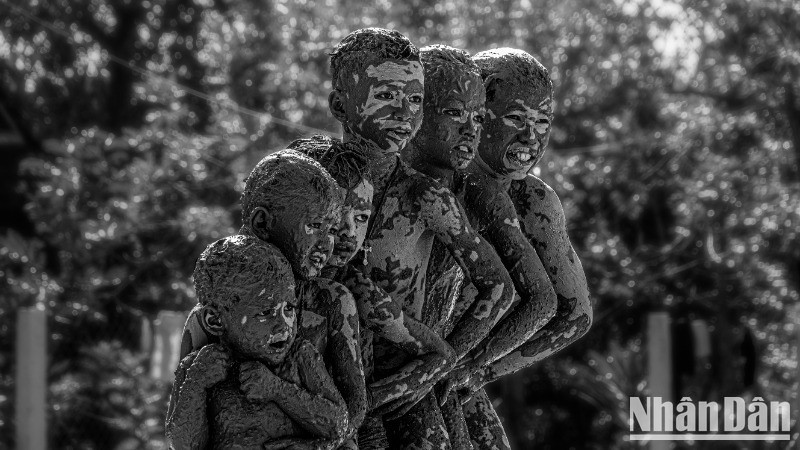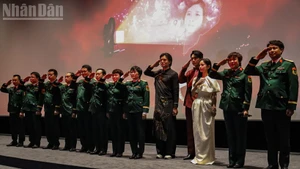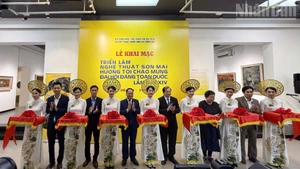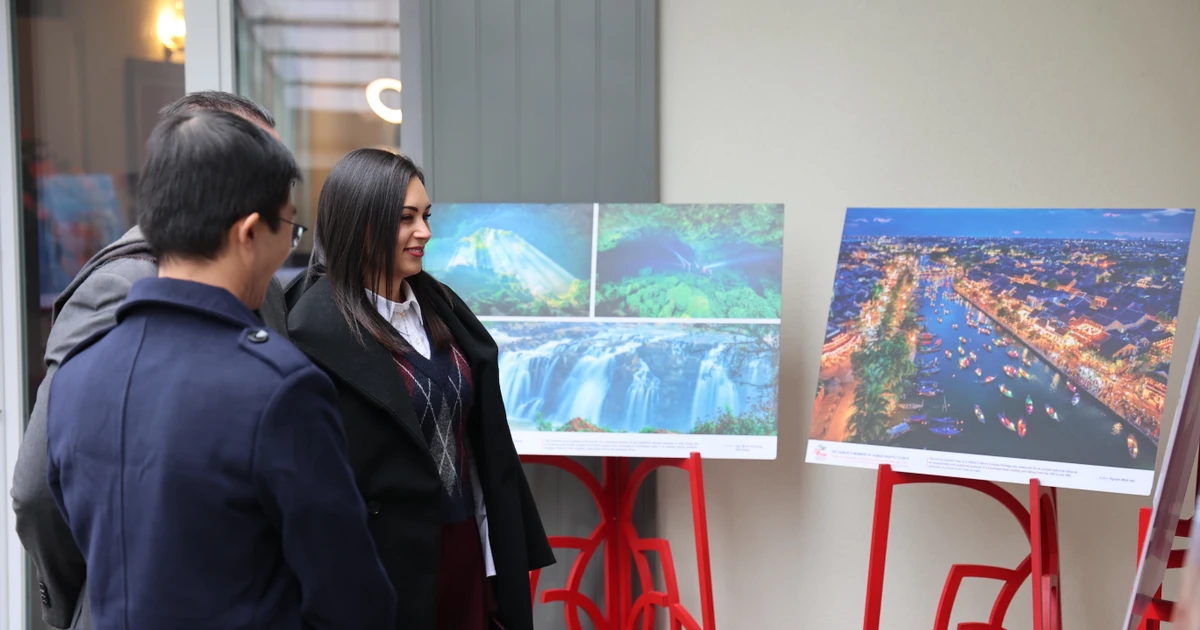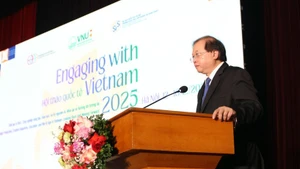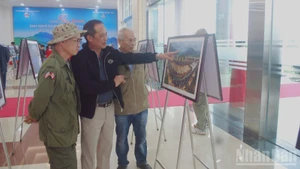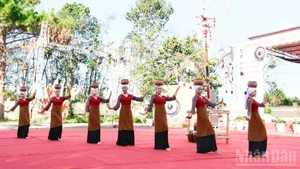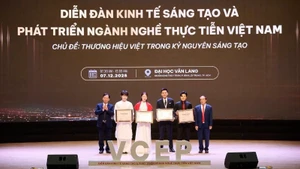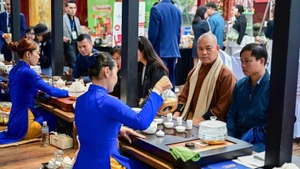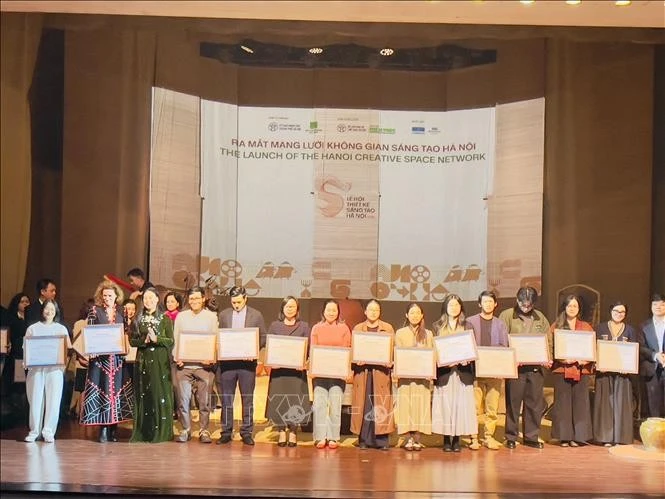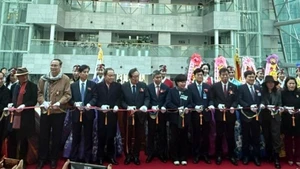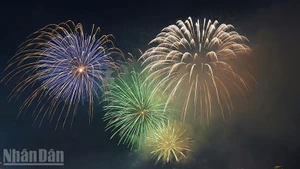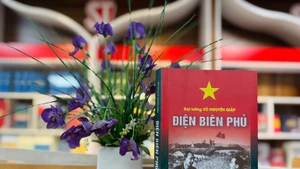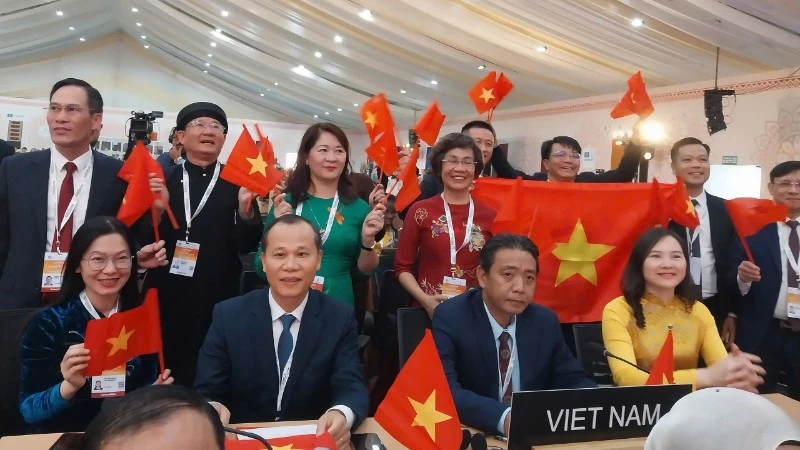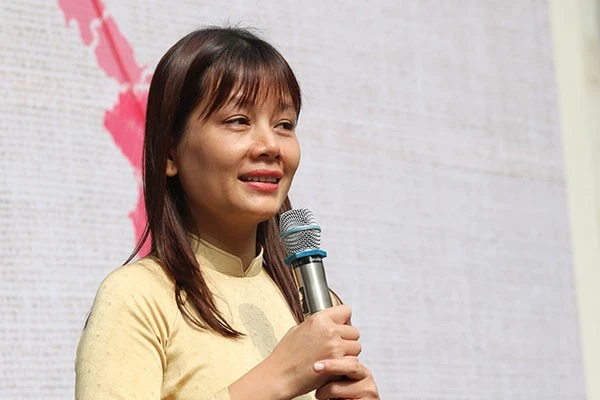The “bo ma” ceremony is considered the most significant festival, with profound cultural value and high community significance for the Gia Rai people.
They believe that death is a transition to living in another world - the world of ancestors. Therefore, the living people continue to visit the graves of their loved ones daily, cleaning them meticulously and bringing food and drink for the deceased.
This practice only concludes after completing the “bo ma” ceremony, typically 5 to 10 years, depending on the family’s economic circumstances.
At that point, the family will bid farewell to the deceased, ending the practice of bringing food or maintaining the grave.
The “bo ma” ceremony incorporates multiple art forms, including gong performances, traditional dances, culinary traditions and sculptural elements.
However, the most unique and impressive aspect is the presence of “mud spirits” - representations of the deceased returning to celebrate with the villagers around the burial site.
This can be viewed as a grand performance, the pinnacle of a community cultural activity, synthesising traditional folk arts.
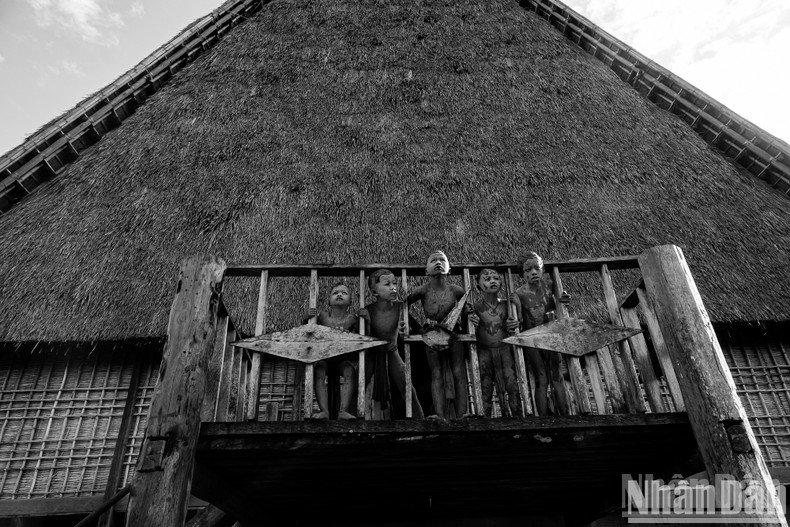 |
| “Mud spirits” typically appear only during the “bo ma” ceremony. The Gia Rai believe these “mud spirits” are embodiments of the deceased returning to the mortal realm, joining in the communal celebration around the burial area. |
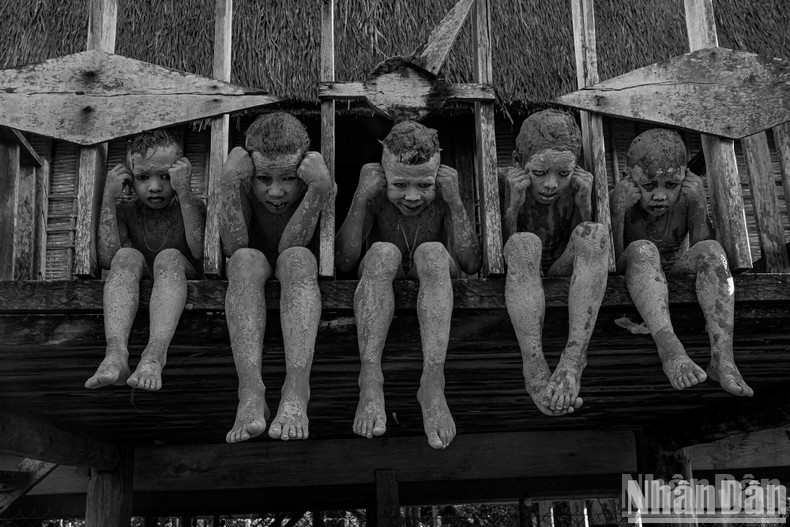 |
| Young boys are covered entirely in mud, to appear as mysterious and spine-chilling as possible to captivate participants. |
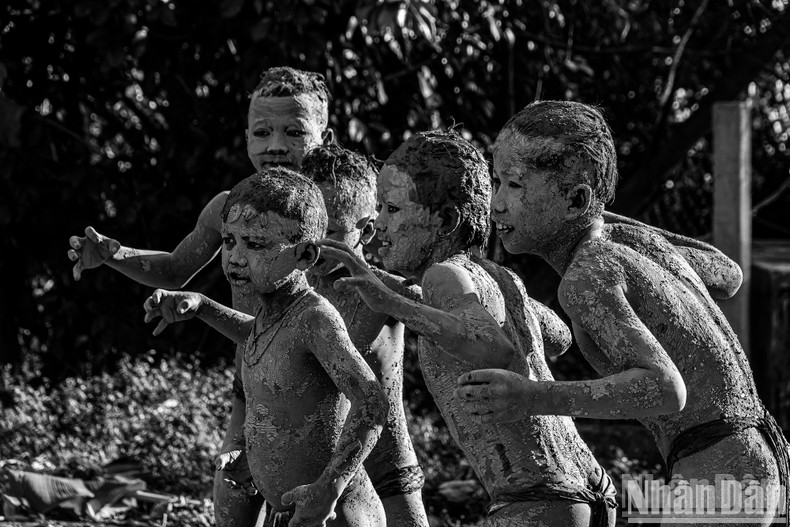 |
| Only males perform the role of “mud spirits”, with no female participation. |
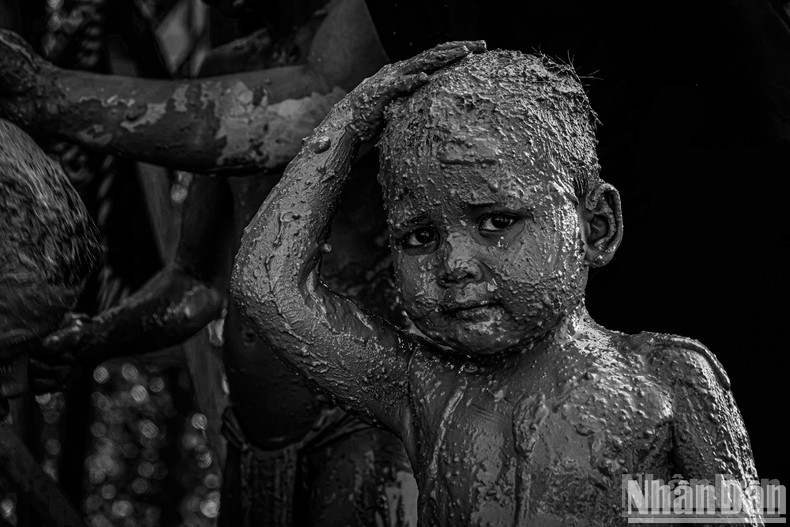 |
| Disguising oneself as a “mud spirit” requires great skill, ensuring one cannot be recognised by others. |
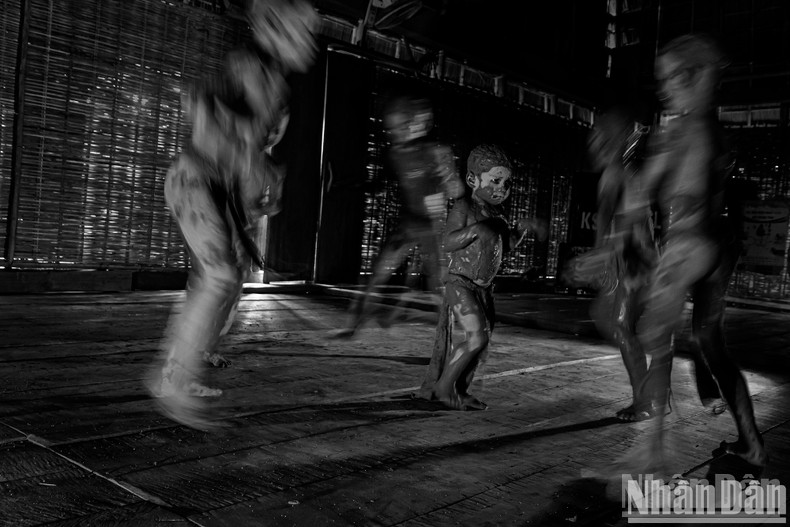 |
| These “mud spirits” can move around the burial site, interacting with relatives and family members one last time, so the deceased’s soul can transition to the other world. |
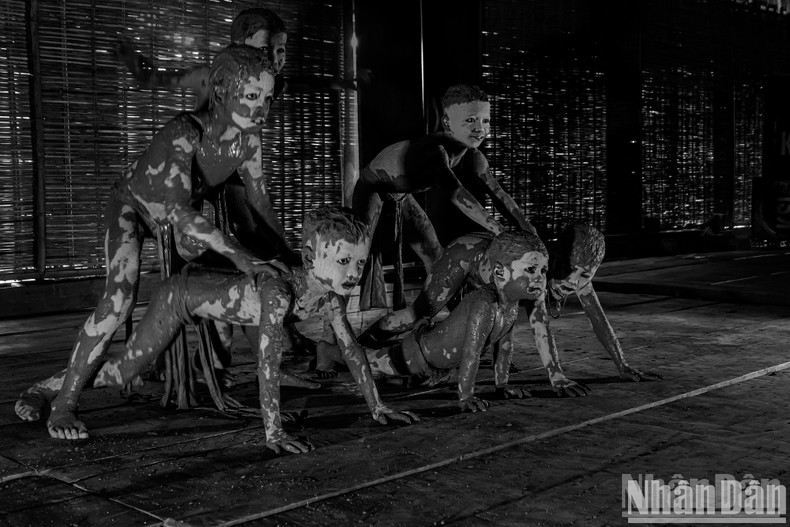 |
| Dressing as a mud spirit during the “bo ma” ceremony expresses the living’s remembrance and respect for the departed. People hope that the spirits of the deceased will protect and bless the living, bringing health, peace, prosperity, and happiness to the village. |
